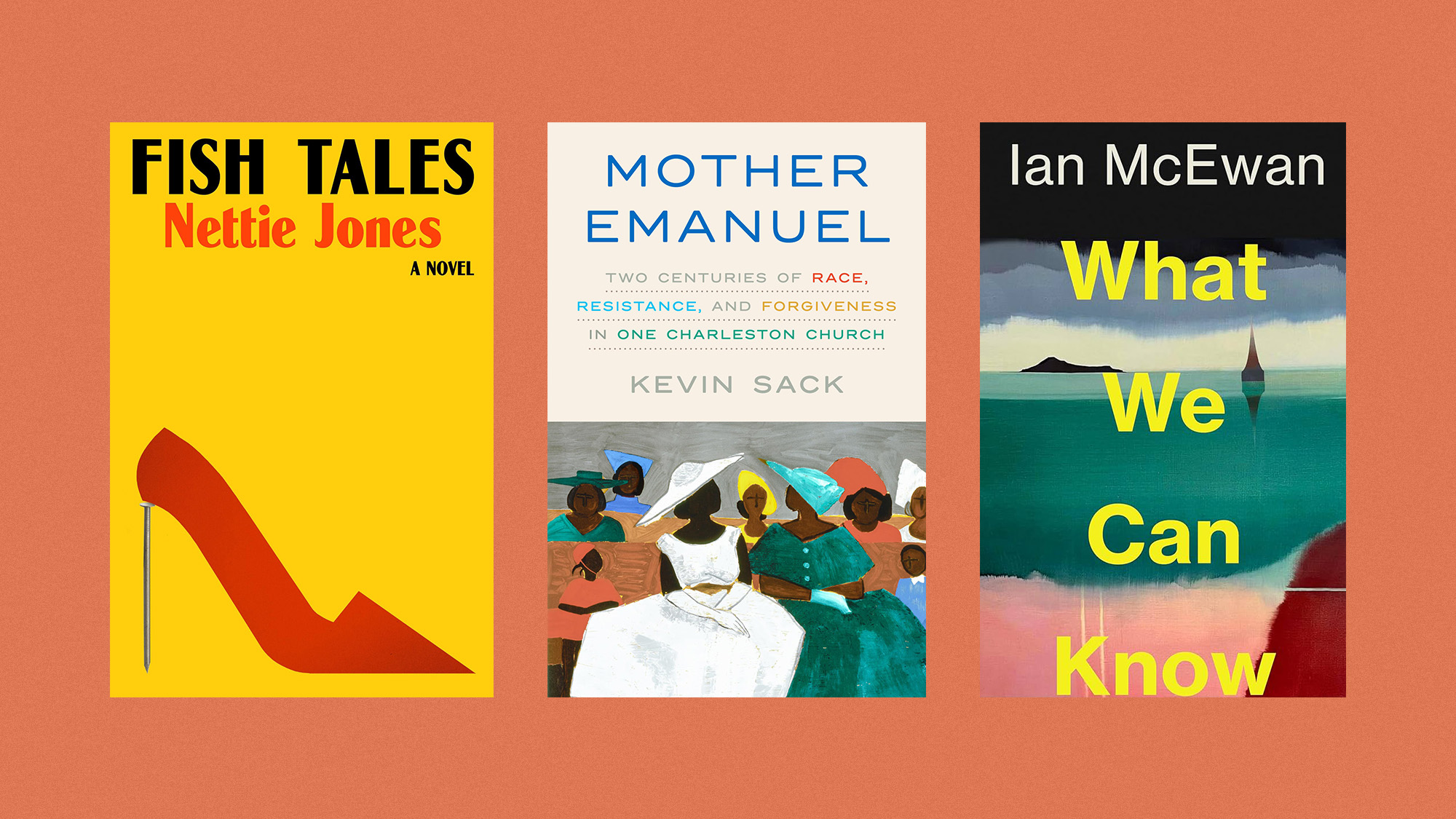Editor's letter: The palette of American manhood
Look around and you’d almost think American manhood was pinned down in a kind of Custer’s Last Stand, driven to desperate means of defense.
Look around and you’d almost think American manhood was pinned down in a kind of Custer’s Last Stand, driven to desperate means of defense. The feminine, it seems, is the enemy. Last week journalist Amanda Hess laid out a sickening catalog of the violent, highly sexualized threats she and many other female bloggers face from men online. She makes a chilling case that these avatars of manhood strike their anonymous postures of threat not because of the women’s arguments, but because they’re made by women. Why the insecurity? Men today generally do worse in school and worse in the job market than women; their “natural” dominance can no longer be taken for granted. We heard the lament this week from Fox News commentator Brit Hume, who said that embattled New Jersey Gov. Chris Christie’s real problem wasn’t the George Washington Bridge (see Main stories); it’s that he’s “very much an old-fashioned, masculine, muscular guy” enmeshed in a “feminized” political atmosphere.
Definitions of masculinity (and those of “muscular”) are open to question, of course. And like any social construct, they’re prone to change. BabyBjörn markets its baby carriers to a generation of men far more likely than their fathers to see active child care as perfectly masculine. Gay men have emerged from society’s shadows to broaden the palette of manhood. At the same time, there’s a booming business in helping men who aren’t feeling their manhood ferret out their inner Daniel Boone (see The last word). I have no problem with any of that. But a version of masculinity that needs shoring up with bullying or violence isn’t long for a world changing as fast as ours.
James Graff
The Week
Escape your echo chamber. Get the facts behind the news, plus analysis from multiple perspectives.

Sign up for The Week's Free Newsletters
From our morning news briefing to a weekly Good News Newsletter, get the best of The Week delivered directly to your inbox.
From our morning news briefing to a weekly Good News Newsletter, get the best of The Week delivered directly to your inbox.
A free daily email with the biggest news stories of the day – and the best features from TheWeek.com
-
 Received a gift card this holiday season? Here’s how to maximize it.
Received a gift card this holiday season? Here’s how to maximize it.The Explainer Make the most of your present
-
 ‘Lumpy skin’ protests intensify across France as farmers fight cull
‘Lumpy skin’ protests intensify across France as farmers fight cullIN THE SPOTLIGHT A bovine outbreak coupled with ongoing governmental frustrations is causing major problems for French civil society
-
 The best books of 2025
The best books of 2025The Week Recommends A deep dive into the site of a mass shooting, a new release from the author of ‘Atonement’ and more
-
Editor's letter
feature
-
Editor's letter: Are college athletes employees?
feature The National Labor Relations Board's decision deeming scholarship players “employees” of Northwestern University has many worrying that college sports itself will soon be history.
-
Editor's letter
feature
-
Editor's letter: When a bot takes your job
feature Now that computers can write news stories, drive cars, and play chess, we’re all in trouble.
-
Editor's letter: Electronic cocoons
feature Smartphones have their upside, but city streets are now full of people walking with their heads down.
-
Editor's letter: The real cause of income inequality
feature When management and stockholders pocket all the profits, the middle class falls further behind.
-
Editor's letter: The real reason you’re so forgetful
feature When you consider how much junk we’ve stored in our brains, it’s no surprise we can’t remember our PINs.
-
Editor's letter: Ostentatious politicians
feature The McDonnells’ indictment for corruption speaks volumes about the company elected officials now keep.